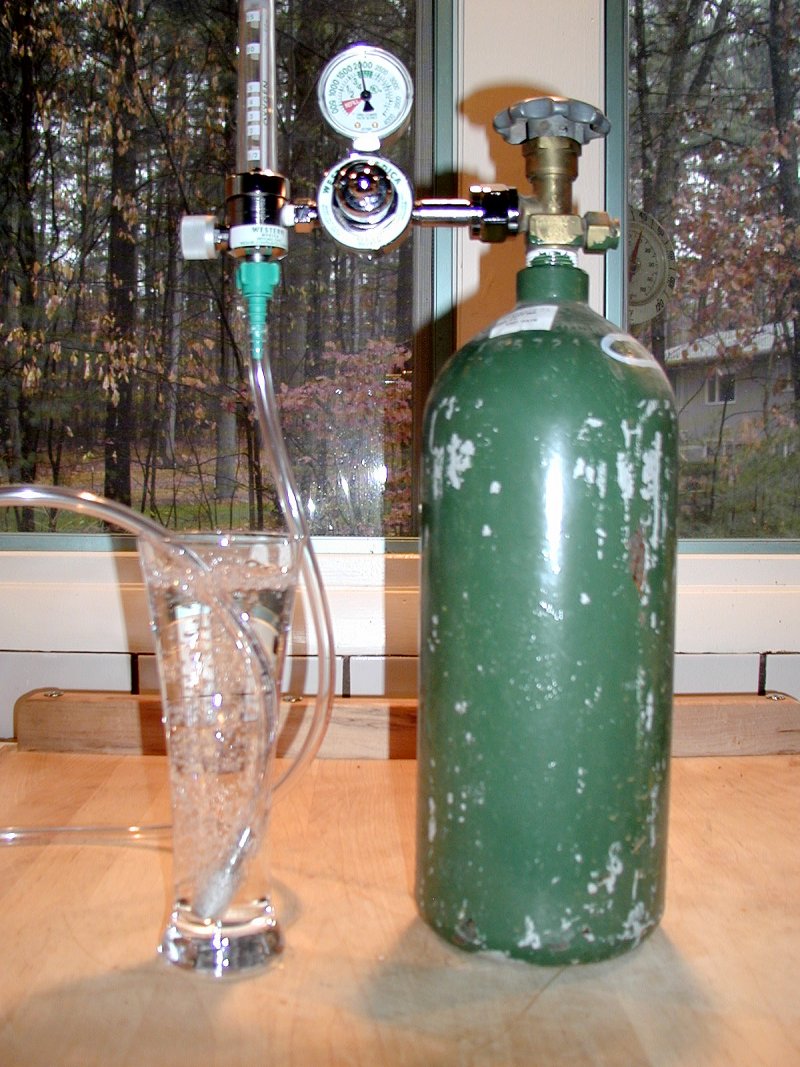Dcpcooks
Well-Known Member
[QUOTE="hopScottch, post: 8219648,
As long as the number of yeast is sufficient for the volume and OG of your beer, why do you need to oxygenated your beer if pitching from a starter?[/QUOTE]
O2 is important to yeast health. Even with your properly sized starter you will have cell division during the growth phase. Think about how much more yeast you have after a fermentation compared to how much you had at the pitch. You will see growth regardless of o2 levels but the overall health of the population will be greater with a good dose of o2.
Some of the signs that may suggest you didn’t have a healthy population for primary are stalled fermentations, increased ester production, long fermentations and/or higher levels of beer spoilage organisms surviving and reaching higher population numbers because they had more sugars available for a longer period of time that allowed them to get a foot hold in the batch.
A starter is a good step and oxygenating your wort is another good step. One doesn’t replace the other in the process.
If you’d like to read up on it the yeast book is very informative. My original brewing buddy from the start is brewing professionally now. I’ve learned a ton of things along the way from stopping by the brewery for a pint and some discussion. The biggest take aways have been yeast health and proper pitch rates along with proper cleaning and sanitation. They both go a long way to making great beers!
As long as the number of yeast is sufficient for the volume and OG of your beer, why do you need to oxygenated your beer if pitching from a starter?[/QUOTE]
O2 is important to yeast health. Even with your properly sized starter you will have cell division during the growth phase. Think about how much more yeast you have after a fermentation compared to how much you had at the pitch. You will see growth regardless of o2 levels but the overall health of the population will be greater with a good dose of o2.
Some of the signs that may suggest you didn’t have a healthy population for primary are stalled fermentations, increased ester production, long fermentations and/or higher levels of beer spoilage organisms surviving and reaching higher population numbers because they had more sugars available for a longer period of time that allowed them to get a foot hold in the batch.
A starter is a good step and oxygenating your wort is another good step. One doesn’t replace the other in the process.
If you’d like to read up on it the yeast book is very informative. My original brewing buddy from the start is brewing professionally now. I’ve learned a ton of things along the way from stopping by the brewery for a pint and some discussion. The biggest take aways have been yeast health and proper pitch rates along with proper cleaning and sanitation. They both go a long way to making great beers!







































![Craft A Brew - Safale S-04 Dry Yeast - Fermentis - English Ale Dry Yeast - For English and American Ales and Hard Apple Ciders - Ingredients for Home Brewing - Beer Making Supplies - [1 Pack]](https://m.media-amazon.com/images/I/41fVGNh6JfL._SL500_.jpg)


















